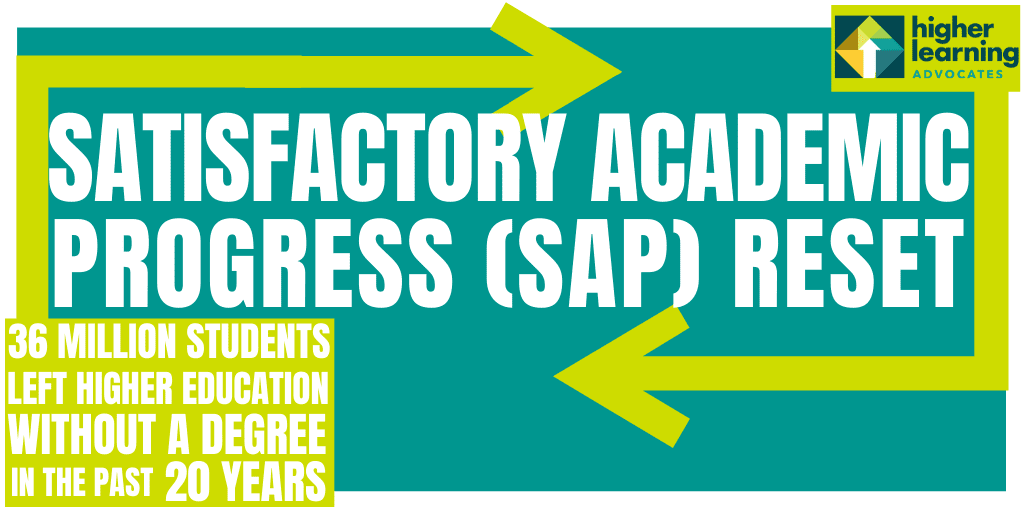Resources
Higher Learning Advocates’ federal policy resources include the most current data on adult students, parenting students, college affordability, equity, and more. Our work has resulted in positive change for today’s students, including access to discounted broadband for Pell students, the establishment of emergency aid funds, and increased financial aid for parenting students.
Satisfactory Academic Progress: Making Financial Aid Work for Today’s Students
Braided Funding Backgrounder
Satisfactory Academic Progress (SAP) Backgrounder
SAP Reset Infographic
What Works for Today’s Students—Satisfactory Academic Progress Reset
What Works for Today’s Students—Microgrants
Joint Letter from HLA, TICAS, and CLASP on the FAFSA Simplification Act
Higher Education Act (HEA) Recommendations
State Profiles
State profiles feature key data points, visual infographics, and brief explanations of all 50 states, and are a quick and easy resource for policymakers, analysts and media.



